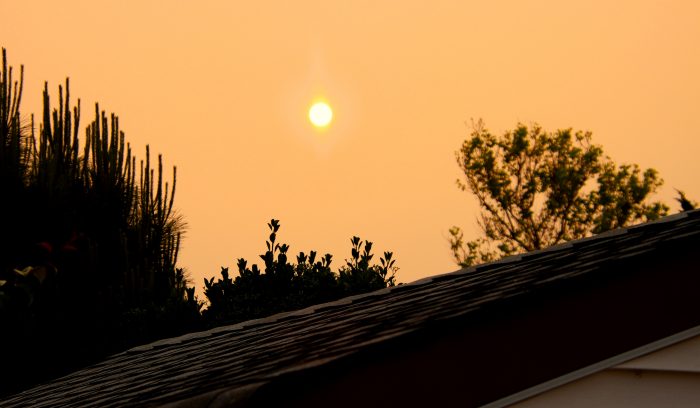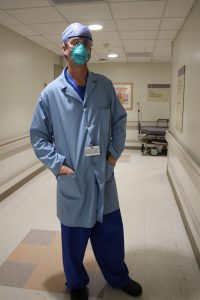With summer in full swing on Long Island, local doctors urge residents to stay hydrated and remain aware of the potential health effects from heat and sun, particularly for vulnerable age groups.
“We worry about our elderly population,” said Dr. Jennifer Goebel, emergency room doctor at Huntington Hospital. “They have a little less reserve and can become dehydrated very easily.”
Part of the challenge for the elderly population is that their efficiency in sweating isn’t as high as it was when they were younger, doctors added.
People with heart disease and/or diabetes can also be at risk as the heat index rises.
This summer has reached numerous temperature records around the country and the world. On Monday, a buoy in the Florida Keys measured a temperature of 101.1 degrees, breaking the previous world record for sea surface temperature set in Kuwait Bay in the Persian Gulf.
Locally, in anticipation of a heat advisory for this Thursday, July 27, the Town of Huntington has opened several cooling centers, including at the Dix Hills Ice Rink and the Dix Hills Park Swimming Pool, as well as at the Elwood and Manor Field Spray Parks.
Amid high temperatures, doctors suggested residents make sure they drink enough water, particularly when active outdoors.
“Water is not light, but you should have enough access to as much water as you need,” said Dr. Robert Schwaner, medical director of the Department of Emergency Medicine and chief of the Division of Toxicology at Stony Brook University Hospital.
Before he attended medical school, Schwaner worked for a few years seal coating driveways. The heat helped the driveways but not the people working on them. Schwaner said he could go through several gallons of water each day.
Signs of heat exhaustion
People can display a variety of symptoms of heat exhaustion.
For starters, they can get headaches and nausea. That, Schwaner said, can be problematic, as both of those can also be signs of other problems.
“Those are the earliest things you start to feel,” Schwaner said. “If you don’t pay attention, it could be a slippery slope.”
People can also develop myalgia or pain in a muscle or group of muscles. Heat can also cause muscle cramping, aching and dizziness.
When body temperature exceeds 104 degrees, that person can also experience confusion or become unconscious.
“We advise any patient or bystander to call 911 for medical attention,” said Goebel.
Before medical help arrives, people can help by providing water or ice and removing equipment such as protective masks or chest protectors during sporting events.
“Small things can go a long way before medical attention” arrives, Goebel added.
People often develop problems with their thinking and central nervous systems when body temperatures climb in the heat.
When he was a fellow at Bellevue Hospital, Schwaner saw some fit athletes who were confused or aggressive come to the hospital. Sometimes, they couldn’t recognize friends and family members who brought them in for medical help.
Water wins
Doctors urged people to choose water when the temperature and heat index rise.
“People forget that water is always the best,” Goebel said. “We recommend that people stay away from coffee, tea and soda,” which can go through their systems rapidly.
Doctors particularly cautioned against consuming alcohol during extreme heat.
Adult beverages “already put people behind the eight-ball in terms of dehydration,” said Schwaner.
Weekend warriors
Adults who work all week sometimes race out on the weekends, hoping to recapture some of their previous athletic glory from their younger years.
These would-be athletic superstars, often described as “weekend warriors,” are more likely to suffer from torn hamstrings, rotator cuffs or anterior cruciate ligament damage than from heat-related injuries.
“Most weekend warriors can’t last long enough” running at top speed or racing around on a field to develop heat-related injuries, said Schwaner.
People can improve their heat resilience by doing aerobic exercise for 15 to 20 minutes twice or three times a week, Schwaner noted. “You can rev up the body’s ability to cool yourself,” he said.









